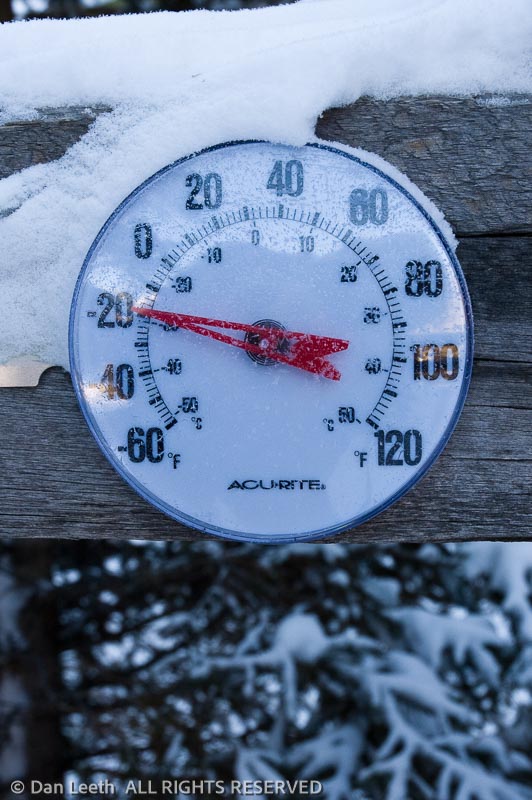
There once was a time when Dianne and I loaded tent, sleeping bags and cooking gear into backpacks and traipsed into the Colorado high country to camp atop snow. Those days are long gone.
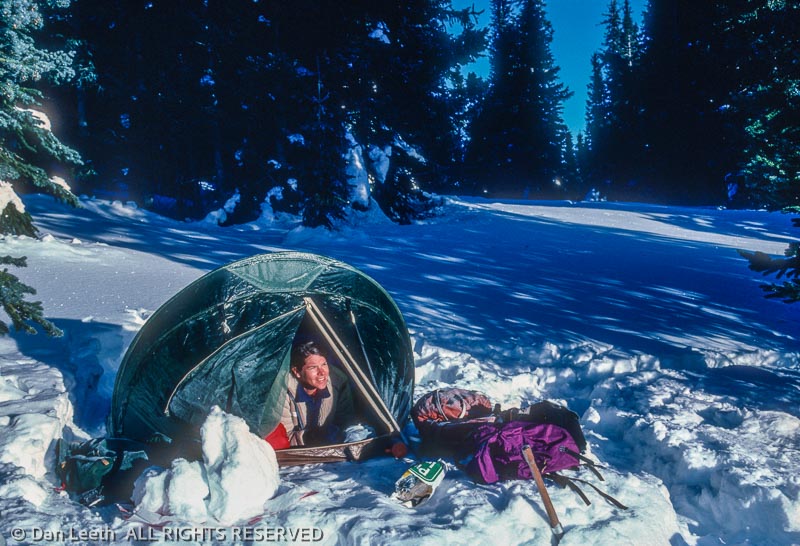
Still, we miss the beauty of awakening, ensconced in the snow-covered wild. One relatively painless way we’ve found to do that is to reserve a yurt at one of the Colorado state parks.
A yurt is a tent-like structure that has been used by the nomadic people of Central Asia since before Marco Polo. They are round with a conical roof, which makes them look like a straight sided cupcake. The Asian yurts consist of layers of felt stretched over a wooden latticework. Roof rafters connect the frame to a circular crown where a hole lets smoke and cooking fumes out.
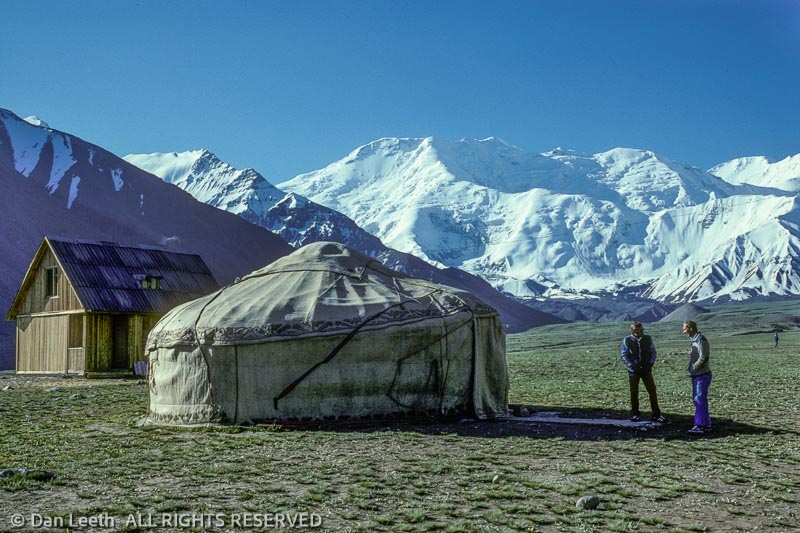
Many improvements have been made to the original Mongolian design. Space age fabrics replace felt with foil laminates helping to retain 97% of all radiant heat. Acrylic domes cap the top opening. Cheaper than cabins to construct, they’ve become quite popular in state parks from coast to coast.
In the past, we’ve gone with friends up Poudre Canyon to Colorado State Forest State Park where Never Summer Nordic rents out yurts in the backcountry. On snowshoes or cross-country skis, we’d carry or sled our gear (sleeping bags, clothes, beer, wine and food) out to the yurt for multi-night stays. We’d gaze at stars shimmering in the cold night air and look out at moose dining nearby in the morning.

With close distancing with friends out this year due to Covid, Dianne and I decided to hit a different yurt by ourselves. We opted for Golden Gate Canyon State Park located off the Peak-to-Peak Highway west of Golden. Unlike the State Forest’s backcountry yurts, here we could park a few feet away.
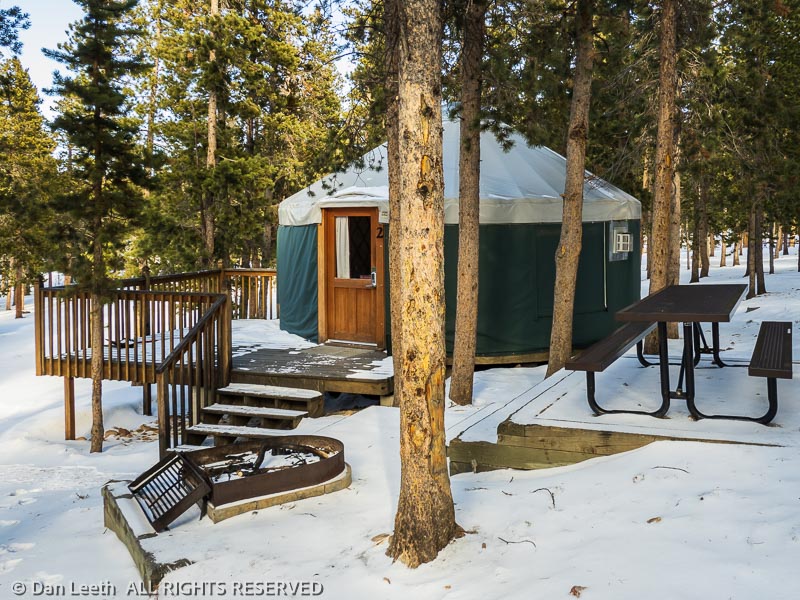
Located in the Reverend’s Ridge Campground, the yurt features two bunkbeds with full-size mattresses on the bottom and twins on top. There’s a circular table with six chairs and a taller counter to one side. A gas/stove fireplace plus a pair of baseboard heaters provide warmth.
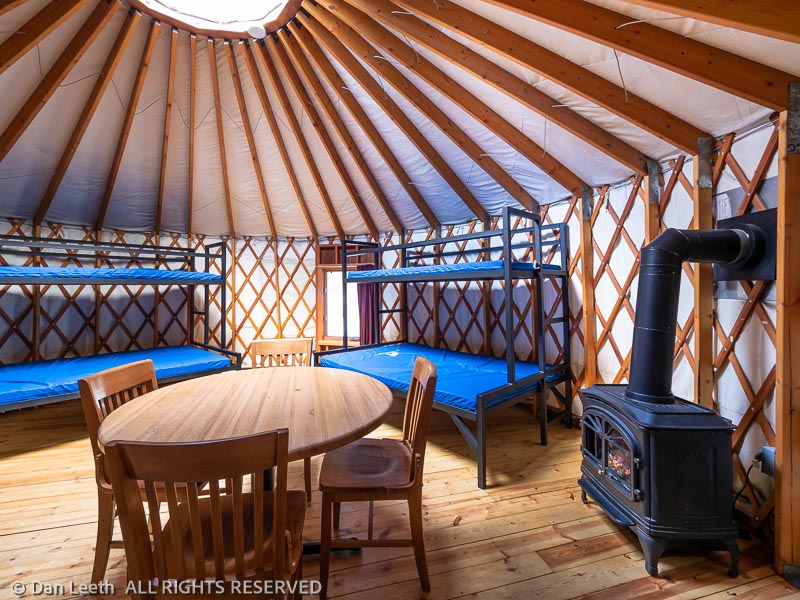
One thing we quickly discovered was how far away the bathroom is. Our backcountry yurts have outhouses located a few feet away. At Golden Gate Canyon, we were in Yurt #2, which lay a couple hundred yards from restrooms in the campground office building. At least they were flush toilets located in a heated environment.
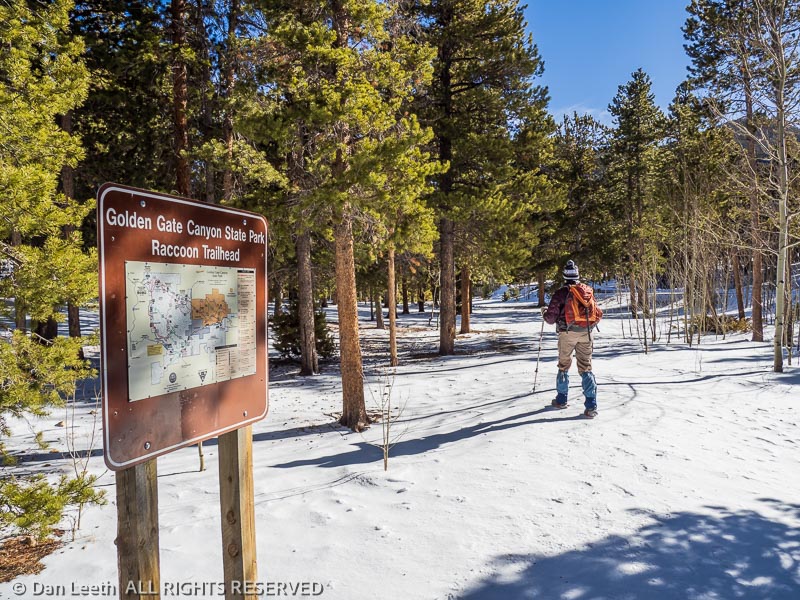
We booked a two-night stay, which meant we had one completely free day to get out and enjoy our surroundings. We decided to hike the Racoon Trail, a 4-mile loop that goes from the campground to an overlook known as Panorama Point before looping back. There wasn’t enough snow to warrant snowshoes, so we donned hiking boots. A pair of Nano-spike traction aids turned our boots into the footwear equivalent of studded snow tires.

The day was clear and the wind, which had howled during the night, had diminished to a light breeze. We hiked the wide, easy to follow trail through conifer and aspen glades, listening to snow crunch underfoot.

At Panorama Point, we stood on the decking platform and gazed out at the snow-covered peaks along the Front Range. The return trip took us past the log cabin of Reverend Donald Tippit, the man for whom the campground is named.
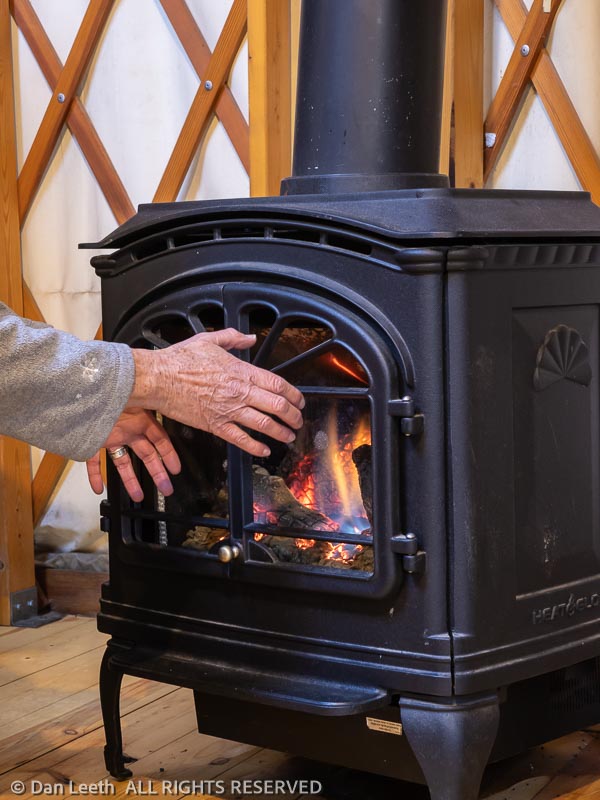
Back at the yurt, we kicked back in 70-degree warmth, brewed up a pot of tea and scooted up next to the fireplace. That’s a pleasure we couldn’t experience back in the days when we loaded tent, sleeping bags and cooking gear into backpacks and traipsed into the Colorado high country to camp atop snow.
